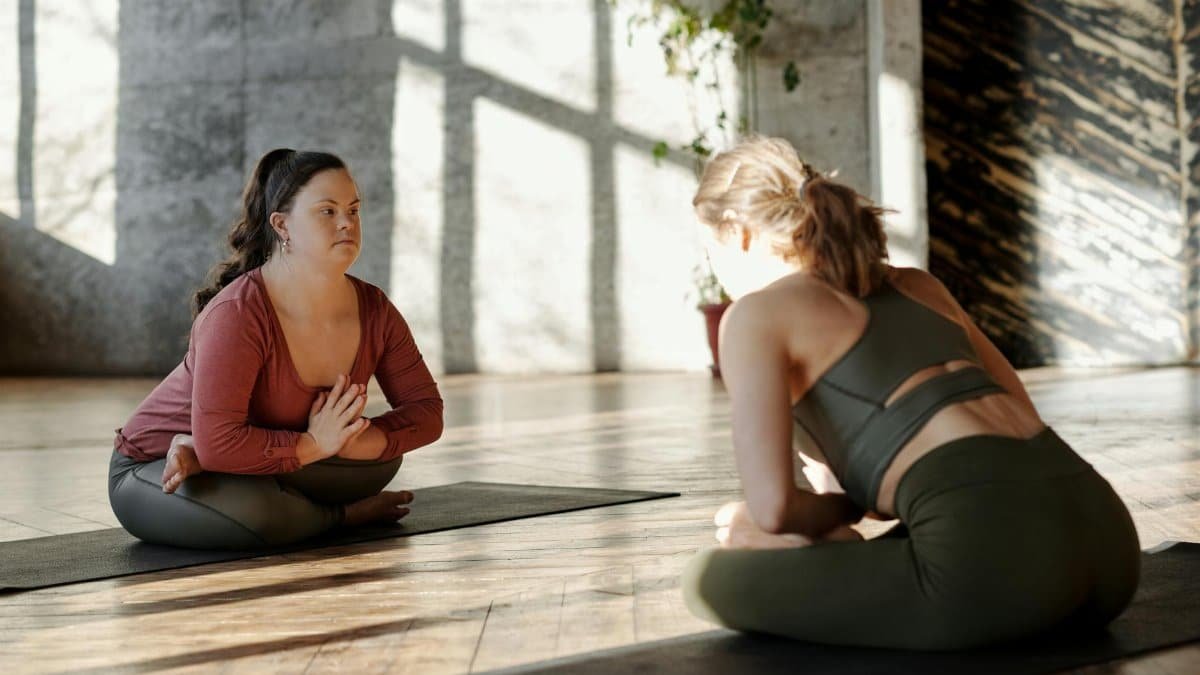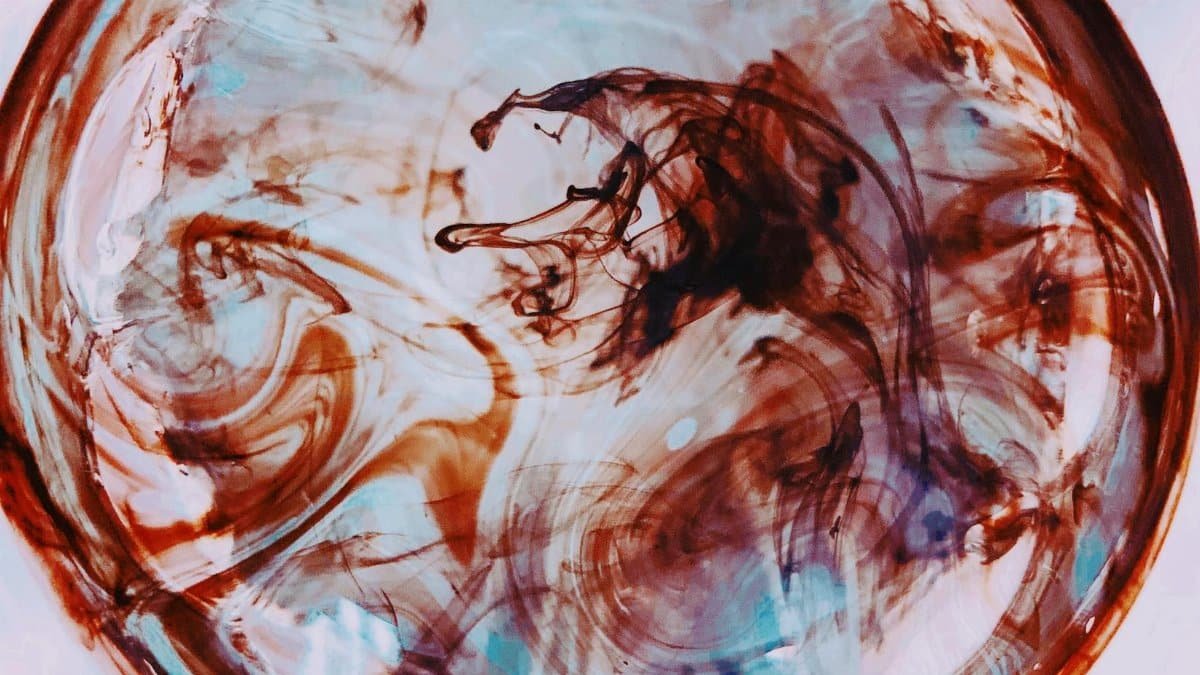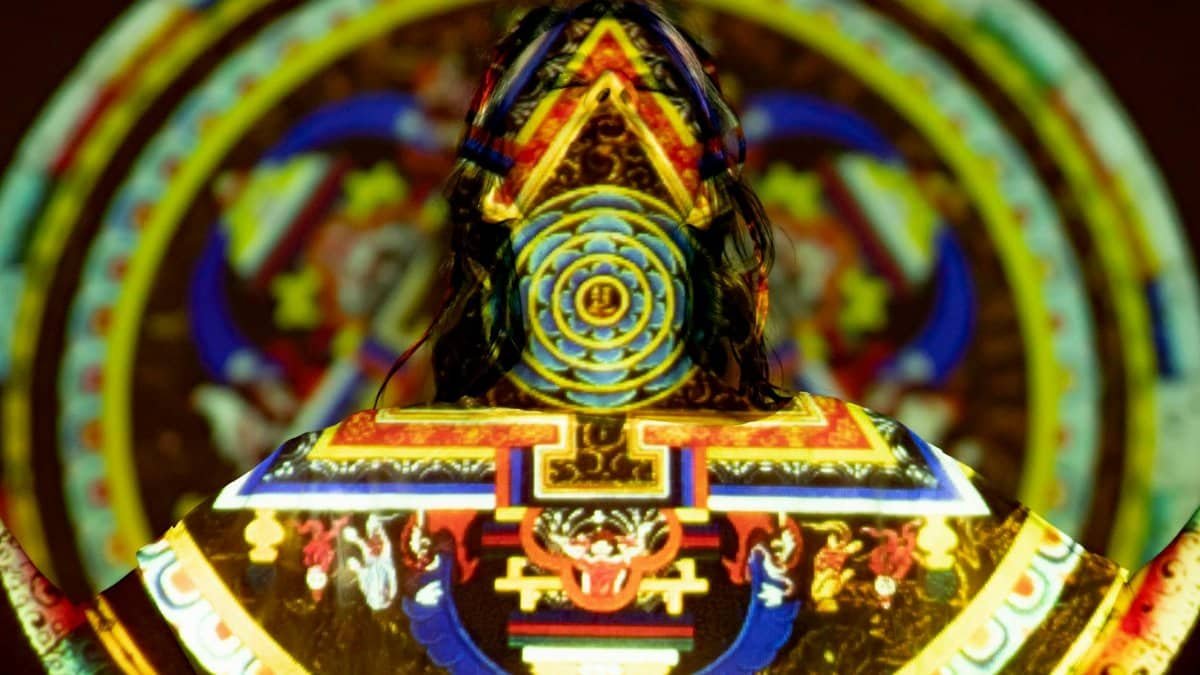Imagine a quiet room, early morning light filtering through the blinds, as a small group gathers to practice something ancient yet newly relevant. They sit in a circle, eyes closed, breathing in deliberate patterns, chasing a state of mind that feels almost otherworldly. This is the essence of mystic breath theta—a practice blending intentional breathwork with the pursuit of theta brainwave states, often linked to deep relaxation, creativity, and insight. For many Americans today, it’s not just a niche spiritual exercise but a response to the relentless pace of modern life. In 2025, as stress and digital overload continue to dominate, more people are turning to such techniques to find calm and clarity. What follows are 11 distinct breath patterns designed to guide you into theta states, each offering a unique path to mental stillness and inner discovery.
1. The Slow Descent Breath

Start with a pattern that feels almost instinctive. The Slow Descent Breath focuses on gradually lengthening each exhale. Inhale for a count of four through your nose, then exhale for six through slightly pursed lips, as if blowing out a candle. Repeat, extending the exhale by one count each cycle until you reach a 4:10 ratio. This method slows the heart rate, mimicking the body’s natural wind-down before sleep. Practitioners often report a sensation of sinking deeper into themselves, a hallmark of theta wave activity. Studies from institutions like the National Institutes of Health suggest slow breathing can reduce stress markers, paving the way for altered brain states.
Picture a busy professional in Chicago, taking five minutes during a lunch break to try this. Within moments, the chatter of deadlines fades, replaced by a quiet hum of focus. It’s not magic—it’s physiology at work.
2. The 4-7-8 Rhythm

Popularized by sleep experts, the 4-7-8 Rhythm is a structured approach to mystic breath theta. Inhale quietly through the nose for four seconds, hold the breath for seven, then exhale through the mouth for eight with a soft whooshing sound. Repeat for four cycles initially. This pattern activates the parasympathetic nervous system, often leading to a meditative state. Research summarized by the Harvard Medical School highlights how such controlled breathing lowers anxiety, a stepping stone to theta wave dominance.
The beauty lies in its simplicity. Anyone can try it—whether in a noisy household or a quiet park. It’s less about perfection and more about consistency, letting the mind ease into stillness.
3. The Box Breath Pattern

Used by athletes and military personnel for focus, the Box Breath offers a balanced structure: inhale for four, hold for four, exhale for four, hold for four. Repeat for several minutes. The equal timing creates a sense of stability, grounding the mind and body. This can be a gateway to theta states, especially for those who struggle with overthinking. A report from the Mayo Clinic notes that rhythmic breathing like this can shift brain activity toward relaxation.
One person described it as “building a mental container” where stray thoughts couldn’t intrude. Over time, that container becomes a space for deeper awareness, a core aim of mystic breath theta.
4. The Ocean Wave Breath

Visualize the ebb and flow of tides with the Ocean Wave Breath. Inhale deeply through the nose for five counts, imagining the breath rising like a wave, then exhale for five, letting it recede. Add a slight constriction in the throat to create a soft, oceanic sound. This auditory cue reinforces the rhythm, often guiding the brain into slower wave patterns. It’s a technique rooted in yogic traditions but accessible to anyone seeking calm in 2025’s chaos.
Try it during a stressful moment. The sound and imagery can transport you, even briefly, to a quieter mental shore. It’s less about escaping and more about recalibrating.
5. The Alternating Nostril Flow

A classic from yoga, Alternating Nostril Flow balances the mind. Close your right nostril with your thumb, inhale through the left for four counts, then close the left with your ring finger and release the right to exhale for four. Switch sides and repeat. This pattern harmonizes the brain’s hemispheres, often fostering theta activity. The National Center for Biotechnology Information has documented how such practices can enhance mental clarity.
It might feel awkward at first. But after a few cycles, there’s a subtle shift—a sense of equilibrium that many associate with deeper states of consciousness.
6. The Whispering Exhale

This pattern adds a vocal element. Inhale deeply through the nose for five counts, then exhale through the mouth while whispering a neutral sound like “ahh” for seven counts. The vibration of sound can stimulate the vagus nerve, easing the body into relaxation. For some, this bridges the physical and mental, a key to mystic breath theta experiences.
One online account shared anonymously described this as feeling like “a gentle release of everything heavy.” That resonance, even if subtle, can be profoundly centering.
7. The Paused Summit Breath

Focus on the pause with this technique. Inhale for five counts, hold at the top for three, then exhale for seven. That brief suspension at the peak mimics a moment of stillness, often nudging the mind toward theta waves. It’s a reminder that sometimes, doing less—holding space—yields more.
Think of a teacher in a bustling classroom, stealing a minute to try this between lessons. That pause becomes a reset, a small but powerful act of reclaiming calm.
8. The Circular Breath Flow

Unlike most patterns, Circular Breath Flow avoids pauses. Inhale through the nose for four counts, then immediately exhale through the mouth for four, looping continuously. The seamless cycle can feel hypnotic, guiding the brain into slower frequencies. It requires practice to avoid dizziness, so start slow.
This isn’t for everyone. But for those who master it, the flow mirrors a meditative trance, a direct line to theta states.
9. The Deep Belly Pulse

Shift focus to the diaphragm with the Deep Belly Pulse. Place a hand on your abdomen, inhale deeply through the nose for six counts, feeling the belly rise, then exhale for eight, letting it fall. This engages the body fully, often deepening relaxation. It’s a grounding approach to mystic breath theta.
Some find this especially helpful at night, when racing thoughts threaten sleep. The physical connection anchors the mind, step by step.
10. The Staccato Burst Breath

For a dynamic shift, try the Staccato Burst Breath. Take three quick, sharp inhales through the nose, followed by one long exhale through the mouth. Repeat for a minute, then return to normal breathing. This energizes before calming, sometimes unlocking creative theta states.
It’s not subtle. But for those stuck in mental ruts, the jolt can be just the push needed to access deeper layers of thought.
11. The Silent Count Breath

End with simplicity. Inhale through the nose for six counts, mentally counting each second, then exhale for eight, counting again. No sound, no visualization—just focus on the numbers. This minimalism strips away distraction, inviting the mind to settle into theta naturally.
A parent in a chaotic household might steal a few cycles of this while dinner simmers. It’s not about grand transformation but small, quiet victories of presence.
These 11 patterns offer varied entry points into mystic breath theta, each tapping into the body’s innate capacity for calm and insight. In a world that often feels unmoored, especially as we navigate 2025’s uncertainties, such practices remind us of a fundamental truth: the breath is always there, waiting to guide us back to center. Whether you’re drawn to the rhythmic balance of the Box Breath or the visceral pull of the Deep Belly Pulse, the journey is personal. Experiment, adapt, and notice what shifts. The theta state isn’t a destination—it’s a way of being, accessible one breath at a time.
Natasha is the heart of our exploration into conscious connection. Applying principles from multiple counseling courses in her own life, she guides you to cultivate stronger, more joyful bonds.
Disclaimer
The content on this post is for informational purposes only. It is not intended as a substitute for professional health or financial advice. Always seek the guidance of a qualified professional with any questions you may have regarding your health or finances. All information is provided by FulfilledHumans.com (a brand of EgoEase LLC) and is not guaranteed to be complete, accurate, or reliable.
